Spring is in the air for sure when Honge or Indian Beech Tree blooms! Other common names are Karnja in Hindi, Bengali, Marathi, and Gujarati, and Naktamala in Sanskrit. Botanical name is Pongamia pinnata and belongs to Fabaceae (pea) family.
Native of India and now is found throughout Asia. It is planted as a road side tree and grows very well in India. A very hardy deciduous tree, it tolerates cold and hot weather.
Trunk of Honge or Indian Beech Tree is brown, fissured, straight or crooked. Honge or Indian Beech tree can grow to a height of 80 feet.
Leaves of the tree are alternate, short stalked, ovate, with smooth edges. When young they are brown in color and become deep green as they mature.
Flowers bloom in clusters of 3 to 4 inches long. Each flower is about 1 cm long and bloom in white, purple, or pink. The flowers carpet the ground as they wilt.
Fruit is dark brown pod when ripe. Brownish-Red seeds are inside the pod.
Uses:
The wood of the tree is used to make cart wheels, rope, firewood, posts, and tool handles. The seeds are used to produce Oil, which is used to light lamps, soap making, lubricate, and used as bio-diesel.
Propagation:
Propagation of Honge or Indian Beech Tree is through seeds. Plant in a sunny location and water daily when young.
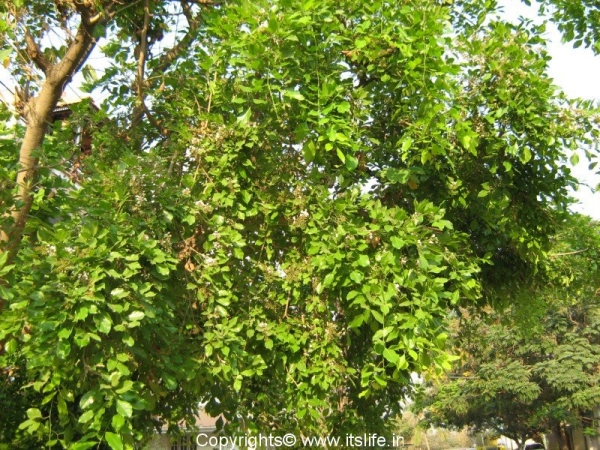
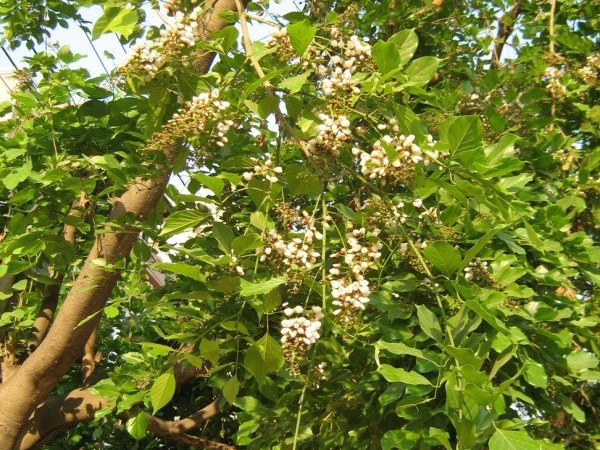
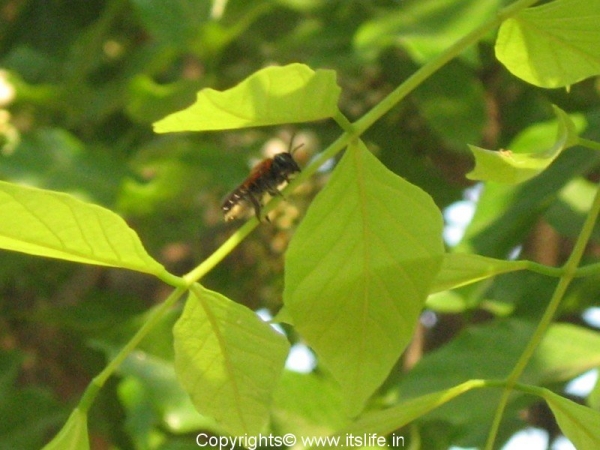
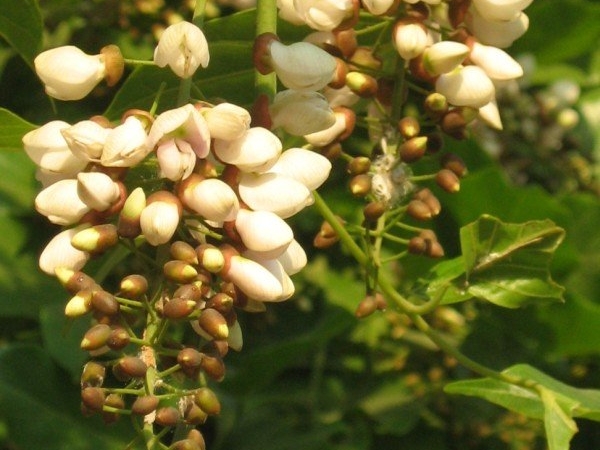
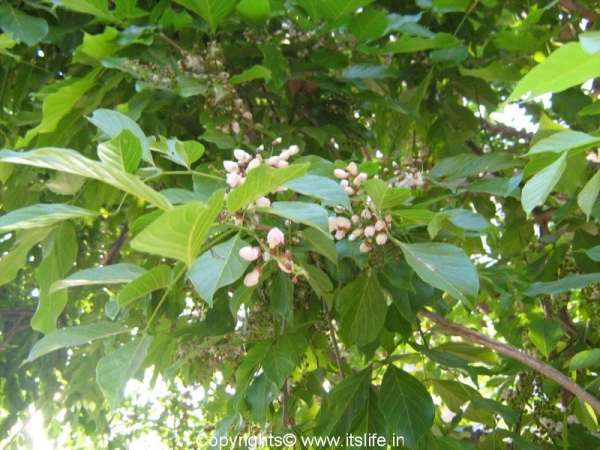
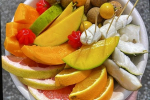
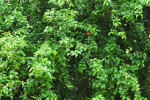
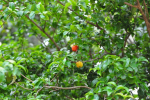
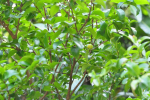
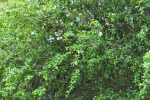
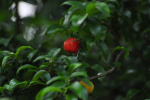
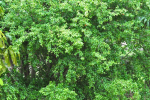

What are basics to ensure proper & speedy growth, including watering?
The tree grows in its own pace when provided with enough sunlight.
After cutting the bottom of the tree can we grow it again
What do you mean by “bottom of the tree”? Obviously if you have cut the roots it will not grow.
Is the honge flower, when composted, a good manure?
Is it fast growing? Does it require good protection from cattle please